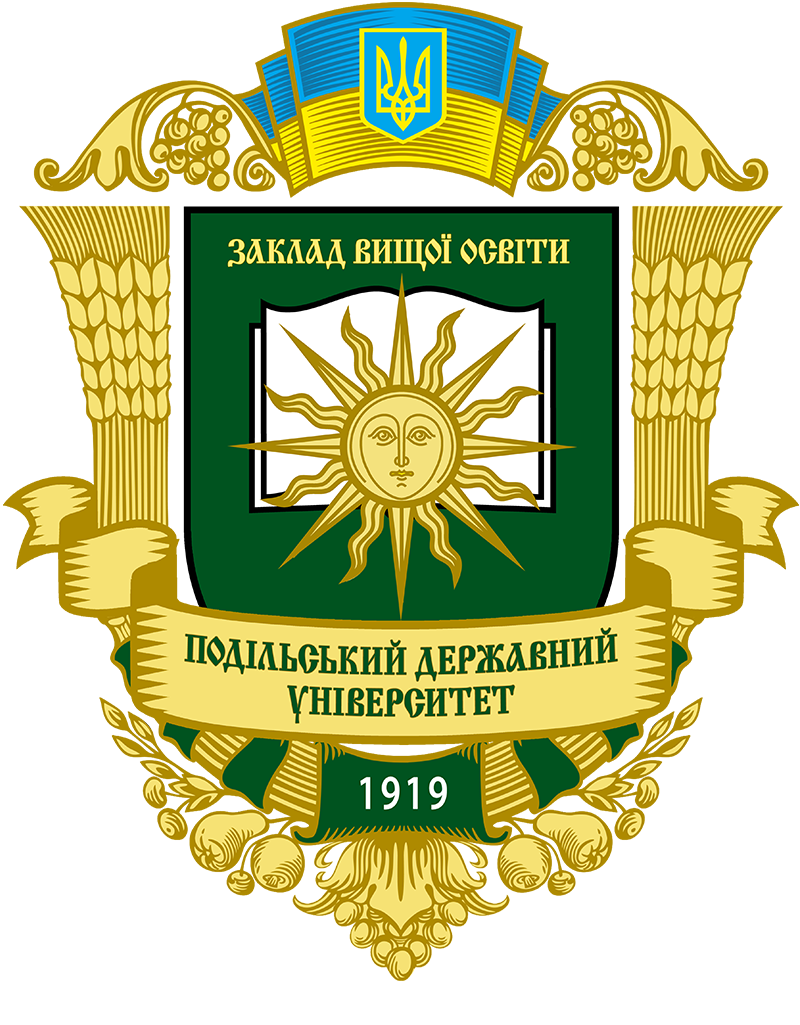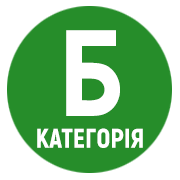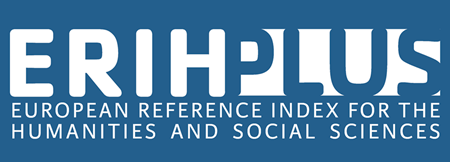ESTIMATION OF NITRATE CONTENT IN RAW COW’S MILK DURING THE YEAR
DOI:
https://doi.org/10.37406/2706-9052-2025-3.5Keywords:
cow’s milk, nitrate content, milk safety, denitrificationAbstract
Foods of animal origin are less controlled by nitrate content (except sausages), since they are not a potential source of consumers of these substances into the body. At the same time, cow’s milk can also be a source of additional nitrate intake into the body, so it is especially relevant to monitor their content in milk, which is a daily component of many consumers, including children. The purpose of this work was to determine the possible seasons of changes in the number of nitrates in the milk of cow-obtained from two breeds of cows-Holstein and Black-Rawbi. Increased nitrate content in milk can occur due to the entry of nitrates into the cow’s components with feed or water, especially in conditions of violation of feeding technology, reduced activity of rumen microflora or poor-quality feed. Therefore, the efficiency of nitrate conversion in the digestive tract of cows directly affects the quality of dairy products. To determine the amount of nitrates in milk used a standard method using cadmium recovery and analysis of injection flow after dialysis. It is established that in the milk raw from the Holstein and black-and-white breeds of cows in the summer months, the content of nitrates did not differ significantly and was from 2,9 to 6,5 mg/kg of milk. However, no significant dependence on the effect of cows on the content of nitrates in milk at the same diet and animal feeding was not revealed. It is established that in March, the content of nitrates in the milk of Holstein and black-and-white breeds of cows in all farms was probably higher than in January. In addition, in March on farms № 2 and № 3 with Holstein rocks of cows and in two with black and gap, the number of nitrates in milk exceeded, although not significant in 10 mg/kg. Therefore, the possible increase in the content of nitrates in milk requires more thorough research on the mechanisms of their intake into milk with modern technology of keeping and feeding cows.
References
Васів Р.О., Гунчак В.М., Гуфрій Д.Ф., Мусієнко Т.Т. Нітратно-нітритний токсикоз у тварин і птиці, шляхи його усунення та отримання якісної продукції від них. Інформаційний листок Львівського центру науково-технічної і економічної інформації. 2001. № 1. С. 6.
ДСТУ ISO 14673-3/IDF 189-3:2015. Молоко та молочні продукти. Визначення масової частки нітратів і нітритів. Ч. 3 : Практичний метод з використанням відновлення кадмієм та аналізування інжекційного потоку після діалізу (ISO 14673-3:2004 (IDF 189-3:2004), IDT).
Колесник Т.Л., Колесник А.О., Яковлєв І.О. Формування споживчих властивостей варених ковбас за показником безпеки. Прогресивні техніка та технології харчових виробництв ресторанного господарства і торгівлі. 2014. № 2. С. 304–314.
Мусієнко М.Т., Крижанівський Я.Й., Кухтин М.Д., Гащак О.Я., Кваша В.І. Вміст нітратів у молоці та метгемоглобіну у крові корів як показник поживної цінності зимових раціонів. Науковий вісник Львівського національного університету ветеринарної медицини та біотехнологій імені С.З. Гжицького. 2008. Т. 10. № 3 (38). Ч. 1. С. 162–164.
Самойленко А.О., Бухикало А.А. Ацидоз рубця. Modern directions of scientific research development : the 6th International scientific and practical conference, Chicago, 24–26 November 2021. Chicago, USA, 2021. Р. 27.
Черненко О.М., Черненко О.І., Cанжара Р.А., Соколан А.К. Нітрати в молоці корів з різною реакцією на стрес. Актуальні проблеми підвищення якості та безпеки виробництва й переробки продукції тваринництва : матеріали Науково-практичної конференції,14 лютого 2020 р. Дніпро, 2020. С. 174–176.
Ayaş R. Nitrate metabolism in ruminants. Current Research in Veterinary Medicine. 2024. № 2. Р. 31–46.
Ayaş R. Nitrate toxication in ruminants. A vıew of agrıculture from an academıc perspectıve. 2024. № 1. Р. 143–156.
Bal-Prylypko L.V., Patyka M.V., Leonova B.I., Starkova E.R., Brona A.I. Trends, achievements and prospects of biotechnology in the food industry. Mikrobiolohichnyi zhurnal. Kiev, 2016. Т. 78. № 3. Р. 99–111. DOI: 10.15407/microbiolj78.03.099.
Chamandust S., Mehrasebi M.R., Kamali K., Solgi R., Taran J., Nazari F., Hosseini M.J. Simultaneous determination of nitrite and nitrate in milk samples by ion chromatography method and estimation of dietary intake. International journal of food properties. 2016. Vol. 19. Р. 1983–1993. DOI: 10.1080/10942912.2015.1091007.
Chetty A.A., Prasad S. Flow injection analysis of nitrate and nitrite in commercial baby foods. Food Chemistry. 2016. Vol. 197. Part A. Р. 503–508. DOI: 10.1016/j.foodchem.2015.10.079.
Commission Regulation (EC) № 1881/2006 of 19 December 2006. Setting maximum levels for certain contaminants in foodstuffs.
Croitoru M.D., Szénási D.A., Fülöp I. Presence of nitrate and nitrite in cow forage, plasma, and milk. Acta Alimentaria. 2015. № 44 (1). Р. 68–75.
GB 2761-2017, GB 2762-20171. China: China releases standard for maximum levels of mycotoxins in foods.
Hord N.G., Tang Y., Bryan N.S. Food sources of nitrates and nitrites: the physiologic context for potential health benefits. The American Journal of Clinical Nutrition. 2009 Vol. 90. Issue 1. Р. 1–10. DOI: 10.3945/ajcn.2008.27131.
Hord N.G., Ghannam J.S., Garg H.K., Berens P.D., Bryan N.S. Nitrate and nitrite content of human, formula, bovine, and soy milks: implications for dietary nitrite and nitrate recommendations. Breastfeeding Medicine. 2011. Vol. 6. № 6. Р.393–399. DOI: 10.1089/bfm.2010.0070.
Khosrokhavar R., Hosseini M.J., Amini M., Pirali-Hamedani M., Ghazi-Khansari M., Bakhtiarian A. Validation of an analytical methodology for determination of oxytetracycline residue in milk by HPLC with UV detection. Toxicology Mechanisms and Methods. 2008. Vol. 18. Issue 4. Р. 351–354. DOI: 10.1080/15376510701610984.
Kukhtyn M., Horiuk Y., Yaroshenko T., Laiter-Moskaliuk S., Levytska V., Reshetnyk A. Monitoring the content of nitrates in vegetables and the influence of the pickling technology on the denitrification process. Eureka: Life Sciences. 2018. № 1. Р. 11–18. DOI: 10.21303/2504-5695.2018.00528.
Licata P., Naccari F., Di Bella G., Tur L., Martorana V., Dugo G.M. Inorganic Anions in goat and ovine milk from calabria (Italy) by suppressed ion chromatography. Food additives and contaminants. Part a, chemistry, analysis, control, exposure, & risk assessment. 2013. Vol. 30. Issue 3. Р. 458–465. DOI: 10.1080/19440049.2012.747222.
Lin M. Nitrate addition and rumen fermentation in dairy cattle. Animal feed science and technology. 2015. Vol. 209. Р. 23–32.
Mohammadpour A., Samaei M.R., Baghapour M.A., Alipour H., Isazadeh S., Azhdarpoor A., Khaneghah A.M. Nitrate concentrations and health risks in cow milk from Iran: insights from deterministic, probabilistic, and ai modeling. Environmental Pollution. 2024. 341. Р. 122901.
Nolan J.V., Godwin I.R., de Raphélis-Soissan V., Hegarty R.S. Managing the rumen to limit the incidence and severity of nitrite poisoning in nitrate-supplemented ruminants. Animal Production Science. 2016. № 56 (8). Р. 1317–1329.
Pyskiv S.I., Kuhtyn M.D. Monitoring nitrate content in milk. Scientific Messenger of LNU of Veterinary Medicine and Biotechnologies. Series “Food Technologies”. 2018. № 20 (85). Р. 41–45.
Sindelar J.J., Milkowski A.L. Human safety controversies surrounding nitrate and nitrite in the diet. Nitric oxide. 2012. Vol. 26. Issue 4. Р. 259–266. DOI: 10.1016/j.niox.2012.03.011.
Sklyar O.I., Ulko L.H., Musiienko O.V., Hrek V.A. Production of quality and safe cow’s milk. Bulletin of sumy national agrarian university. The series: veterinary medicine. 2023. № 3 (62). Р. 86–91. DOI: 10.32782/bsnau.vet.2023.3.12.
Tai Sheng Yeh, Shao Fu Liao, Chia Yuan Kuo, Wen Ing Hwang. Investigation of the nitrate and nitrite contents in milk and milk powder in Taiwan. Journal of food and drug analysis. 2013. Vol. 21. № 1. Р. 73–79. DOI: 10.6227/jfda.2013210109.
Winter J.W., Paterson S., Scobie G., Wirz A., Preston T., McColl K.E. N-Nitrosamine generation from ingested nitrate via nitric oxide in subjects with and without gastroesophageal reflux. Gastroenterology. 2007. Vol. 133. Р. 164–174. DOI: 10.1053/j.gastro.2007.04.047.
Bahadoran Z., Mirmiran P., Jeddi S., Azizi F., Ghasemi A., Hadaegh F. Nitrate and nitrite content of vegetables, fruits, grains, legumes, dairy products, meats and processed meats. Journal of food composition and analysis. 2016. Vol. 51. Р. 93–105. DOI: 10.1016/j.jfca.2016.06.006.











